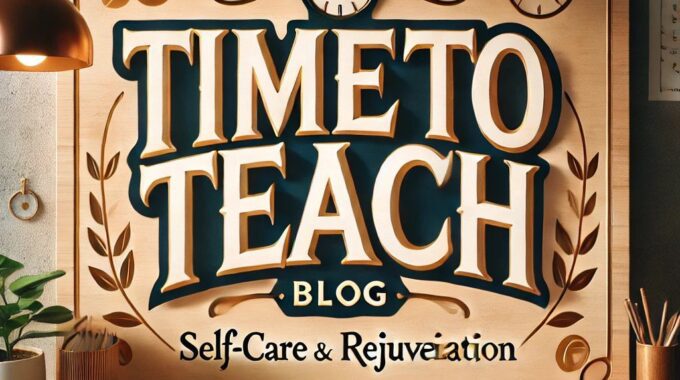As we turn the corner into spring, it’s the perfect time to refresh our teaching…
Which is bigger?
We believe in thanking our sources! This post was sourced from the following blog/website: http://feedproxy.google.com/~r/dangerouslyirrelevant/~3/l991b02JJbU/which-is-bigger.html
The following is a new blog post related to education and teaching and relevant to our website visitors. The blog post is not based on the opinions or values of our company but is related to education and teaching, so we wanted to share it with YOU! If you ever have any questions please let us know. Now… on to the post!
 I started a new principal licensure cohort this spring. On the second night of class, I had an awesome discussion with a couple of high school teachers about the perpetual issue of forcing students to learn math that they likely will never use again in their life. We make most (all) students take Algebra 2, for instance, even though most of them rarely (if ever) will use that learning later. Our ‘just in case’ educational model is based on the idea that we don’t know what students will need later in life, which is in stark contrast to many of the ‘just in time’ learning opportunities now available to us if we need to gain new knowledge or acquire a new skill. Our conversation led me to this question:
I started a new principal licensure cohort this spring. On the second night of class, I had an awesome discussion with a couple of high school teachers about the perpetual issue of forcing students to learn math that they likely will never use again in their life. We make most (all) students take Algebra 2, for instance, even though most of them rarely (if ever) will use that learning later. Our ‘just in case’ educational model is based on the idea that we don’t know what students will need later in life, which is in stark contrast to many of the ‘just in time’ learning opportunities now available to us if we need to gain new knowledge or acquire a new skill. Our conversation led me to this question:
- Which is bigger? The number of students who are forced to take math that they never will need or the number of students who, given the choice in high school, might not take the math courses they will need later?
We can come up with a number of these questions, each of which has major implications for leadership behaviors and school support structures:
- Which is bigger? The number of students who begrudgingly make their way through required world language courses (like my son) or the number of students who learn to love other languages and cultures through those classes (like my sister)?
- Which is bigger? The number of students who are usually engaged in the learning experiences and tasks that we provide them or the number of students who are bored out of their mind?
- Which is bigger? The number of teachers who need to turn in lesson plans because they’re struggling with instructional coherence or the number of teachers who don’t?
- Which is bigger? The number of students who are ‘socially promoted’ despite inadequate academic skills or the number of students who are held back by poor instruction and institutional bias or inequities?
- Which is bigger? The number of students who are truly helped by our mandated adaptive learning software system for reading or the number of students for whom it has little benefit?
- Which is bigger? The number of parents who complain loudly about a school decision or initiative or the number of parents who are silently approving or grateful?
- Which is bigger? The number of students who receive gifted and talented services or the number of students who are equally ready but are denied such services?
- Which is bigger? The number of teachers who are providing robust ’Tier 1’ instruction or the number of teachers who are not?
- Which is bigger? The number of students who use technology appropriately in school or the number of students who don’t?
- Which is bigger? The number of students who really need us to teach this thing to them today versus the number of students who already know it?
- Which is bigger? The number of teachers who will abuse the opportunity to create their own personalized, self-driven, professional learning opportunities or the number of teachers who will use that chance to really stretch and grow themselves as skilled educators?
And so on…
Seems like we should be making instructional, policy, and resourcing decisions based on our answers to these types of questions, right?
Please add your own ‘Which is bigger?’ scenarios in the comments!
Time To Teach reviews each blog post by our contributors but if you feel this is a blog post better suited for another page please let us know.
Teachers and Educators are our heroes. We want to thank you for the work you do!
Yours In Education!
Time To Teach

